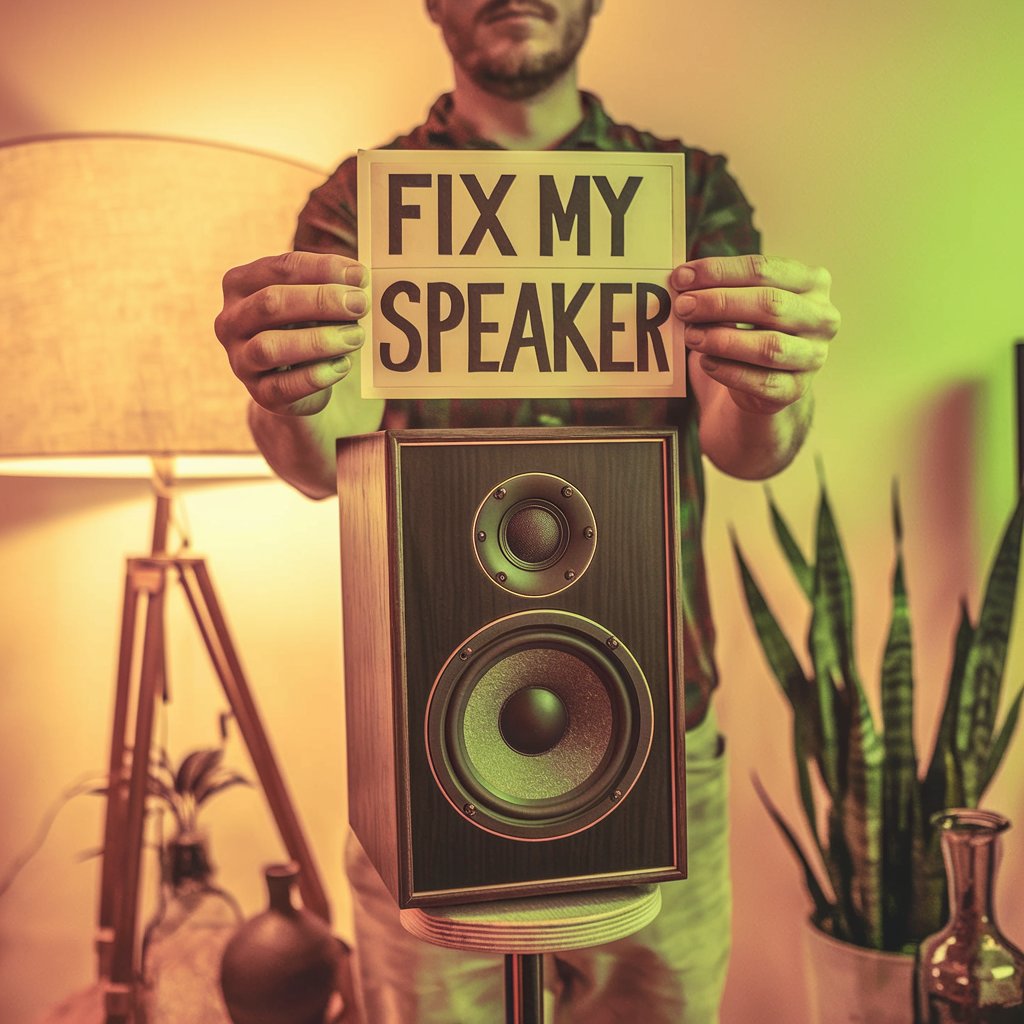Open Essex
international
DIY Speaker Repairs: A Comprehensive Guide to Fix Your Speakers at Home

Speakers are an essential part of our daily lives, from enjoying music and movies to enhancing audio for presentations. However, when they malfunction, it can be frustrating and expensive to replace them. The good news is that many common. DIY Speaker Repairs issues can be fixed at home with a few simple tools and techniques. This guide will help you troubleshoot and repair your speakers yourself, saving you time and money.
Understanding Common Speaker Problems
Before diving into repairs, it's important to identify the problem. Here are some common speaker issues:
-
No Sound or Distorted Sound: This could be due to loose connections, blown fuses, or damaged speaker cones.
-
Buzzing or Crackling Noise: Often caused by interference, loose wires, or damaged components.
-
Intermittent Sound: A result of faulty connections or issues with the internal circuitry.
-
Muffled Sound: Dust accumulation or a damaged speaker cone can cause muffled audio output.
Once you've identified the issue, you can proceed with the appropriate DIY repair method.
Step-by-Step Guide to DIY Speaker Repairs
1. Check All Connections and Cables
Loose or damaged connections are the most common cause of speaker problems. Here’s what to do:
-
Inspect the Cables: Check all cables for visible signs of damage, such as fraying or cuts.
-
Replug the Cables: Unplug and securely replug all cables to ensure a proper connection.
-
Test Different Cables: Use another set of cables to determine if the problem lies with the original cables.
2. Clean Your Speakers Thoroughly
Dust and debris can accumulate in your speakers, affecting their performance. Follow these steps:
-
Remove Dust: Use a can of compressed air to blow out dust from the speaker grille and ports.
-
Wipe with a Cloth: Use a microfiber cloth to clean the exterior of the speakers.
-
Check Internal Components: If comfortable, open the speaker casing and gently clean the internal parts using a soft brush.
3. Repair or Replace Blown Speaker Cones
If your speaker is producing distorted or no sound, the cone may be blown. Here’s how to fix it:
-
Test the Speaker Cone: Gently press on the cone. If you hear a scratching noise, it may be damaged.
-
Repair Small Tears: Use a small amount of clear nail polish or glue to seal small tears in the cone.
-
Replace the Cone: For more severe damage, consider replacing the entire cone. Search for replacement parts online, making sure they match your speaker’s model.
4. Fix Loose or Damaged Wiring
Loose or damaged wires inside the speaker can cause sound issues. Follow these steps to address wiring problems:
-
Open the Speaker Casing: Carefully unscrew the back of the speaker to access the internal components.
-
Inspect the Wiring: Look for loose, disconnected, or damaged wires.
-
Reattach or Solder Wires: Reattach any loose wires or use a soldering iron to fix broken connections.
-
Test the Speaker: After making repairs, test the speaker to ensure the problem is resolved.
5. Replace Faulty Components
If your speaker still isn’t working after checking the cables, connections, and cones, the issue might be with a specific internal component:
-
Identify the Faulty Part: Look for visible damage, such as burned or corroded parts, on the circuit board or other internal components.
-
Order Replacement Parts: Use the speaker’s model number to find replacement components online.
-
Carefully Replace Components: Remove the damaged part and replace it with the new one, using a soldering iron if necessary.
Advanced DIY Speaker Repairs
6. Address Water Damage
If your speaker has been exposed to moisture, here’s what to do:
-
Turn Off and Unplug: Immediately disconnect the speaker from any power source.
-
Dry Out the Speaker: Remove any batteries and let the speaker air dry in a warm, dry place for at least 48 hours.
-
Check for Damage: After drying, inspect for any corrosion or damage to internal components and replace as needed.
7. Improve Sound Quality with Internal Insulation
Internal insulation can improve sound quality by reducing vibrations and resonance:
-
Open the Speaker: Carefully open the speaker casing.
-
Add Insulation Material: Place foam or acoustic insulation material inside, avoiding direct contact with the speaker components.
-
Close the Speaker: Reassemble the speaker and test the sound quality.
Preventive Measures for Maintaining Your Speakers
8. Regular Maintenance Tips
To prevent future issues and extend the lifespan of your speakers, follow these simple tips:
-
Keep Them Clean: Dust your speakers regularly and clean the grilles to prevent dust buildup.
-
Avoid High Volume Levels: Prolonged high volumes can cause damage; keep the volume at moderate levels.
-
Protect from Moisture: Keep your speakers away from damp environments and use a protective cover when not in use.
9. Conduct Regular Inspections
Regularly inspect your speakers for any signs of damage, such as loose connections or worn-out parts. Catching problems early can prevent more serious issues.
Conclusion
Repairing your speakers at home doesn’t have to be a daunting task. By following these DIY methods, you can quickly troubleshoot and fix common issues, saving money on professional repairs or replacements. Remember, regular maintenance and a little bit of care can go a long way in ensuring your speakers deliver optimal sound quality for years to come!